Home > Climate News >

The right trees for the right time: Speakers to focus on forest resiliency amid climate change
New approaches to forest management — that can help maximize ecosystem resiliency in changing climate conditions — will be the focus of four talks being offered in conjunction with a recently announced project in the Hoffman Evergreen Preserve in Stonington, Connecticut.
The next two talks (out of a series of four) will be on May 12 and June 9. Registration is free.
Sponsored by the Avalonia Land Conservancy, Connecticut Sea Grant and UConn CLEAR (Center for Land Use Education & Research), the talks will give municipal officials, resource managers, land trust members, tribal leaders, private forest owners, students, teachers, and others the chance to learn from experts about climate change effects on northeastern forests and strategies to enhance their ability to adapt…
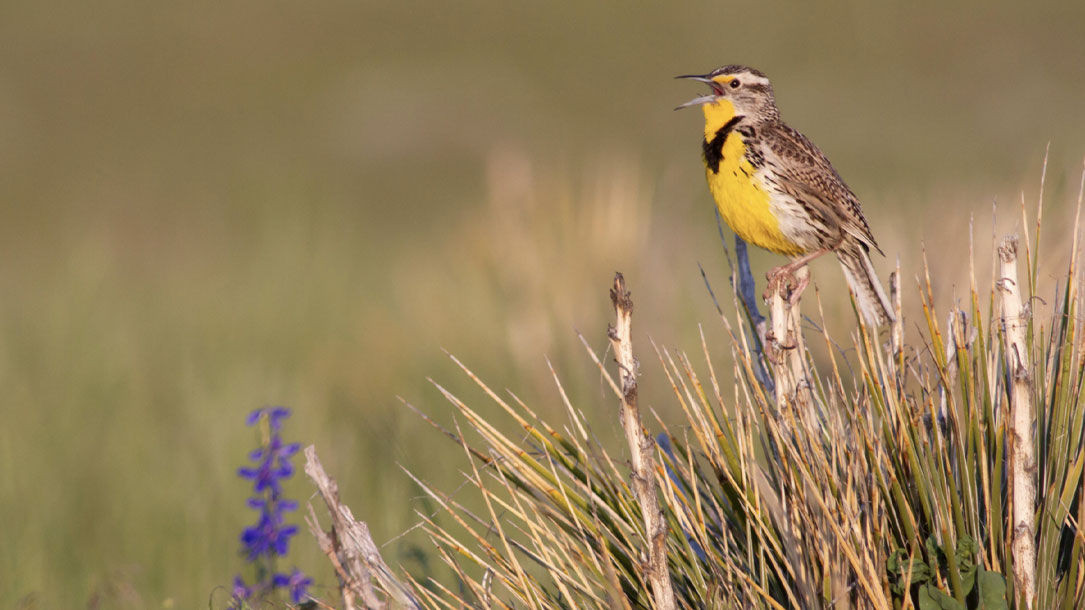
Conservation Ranching: Empowering consumers to make a difference in grassland conservation
“Grassland birds have suffered an unparalleled decline over the past half century, stemming from widespread development of North America’s grasslands. This calls for Audubon’s action. To combat the negative effects of grassland degradations—and to keep grass on the landscape—Audubon has developed the Conservation Ranching Initiative. This market-based conservation approach offers incentives for good grassland stewardship through a certification label on beef products. For the first time, consumers can contribute to grassland conservation efforts by selectively purchasing beef from Audubon-certified farms and ranches…”
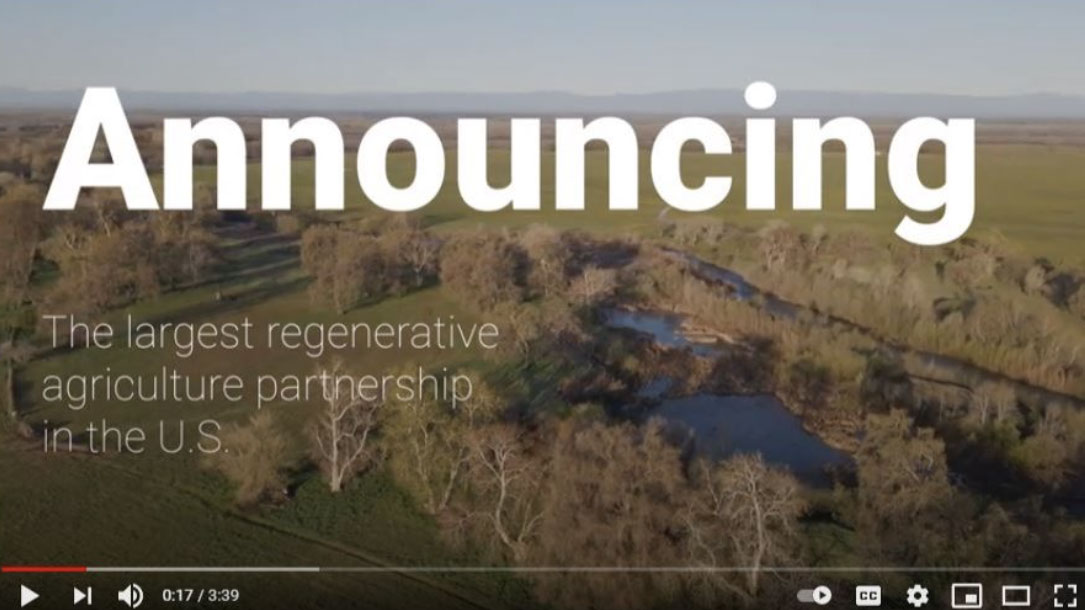
Largest market-based regenerative grasslands partnership in the U.S.
Panorama Organic Grass-Fed Meats to certify one million acres of wildlife habitat with the National Audubon’s Conservation Ranching Initiative.
The Audubon Conservation Ranching Initiative seeks to enhance the stewardship of grasslands for the benefit of birds. Birds have suffered significant decline over the past 50 years due to loss of U.S. grasslands to widespread development.
This initiative empowers consumers to support programs that restore bird populations via conservation practices by selectively purchasing beef nationwide from Audubon-certified farms and ranches, including Panorama Organic and other participating brands. The Audubon certification seal carries broad market appeal among consumers who care about the environment.
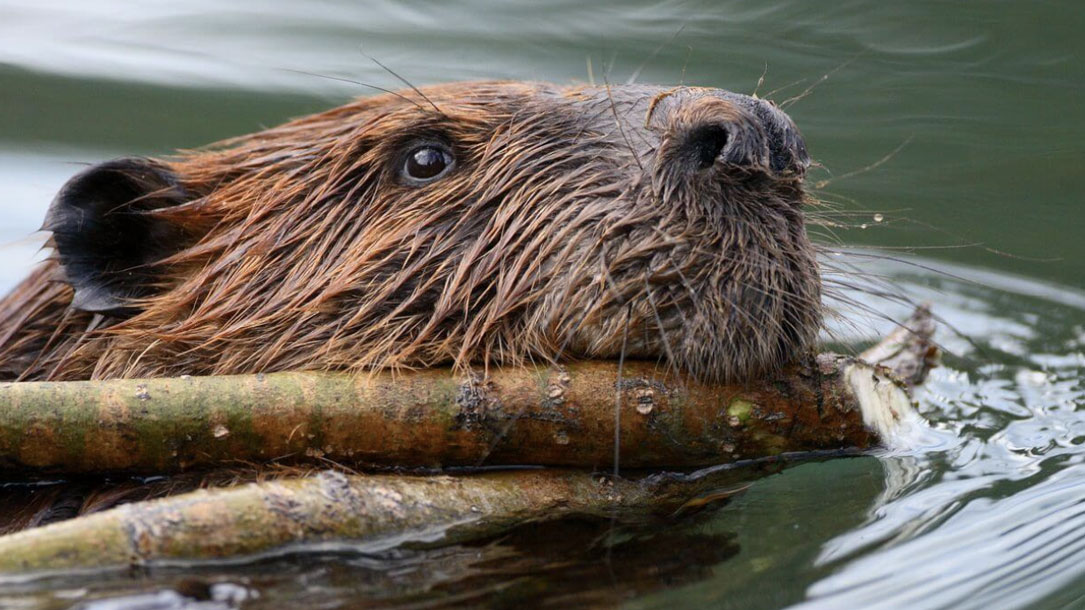
Eastern Wildway
“…Today, we continue making significant progress toward creating a continental-scale Eastern Wildway—an extensive wildlife corridor linking eastern Canada to the Gulf of Mexico. In October 2019, Wildlands Network released a Eastern Wildway map, representing a major step forward in realizing a vision of connectivity for this region. The map comprises a network of habitat cores—large natural areas, in dark green—and corridors—linkages between the cores, in light green, and integrates a wide range of existing data sets and input from state and federal agencies, other NGOs, and academic researchers and expert conservationists…”

A bold initiative
The Land Conservancy is beginning an ambitious new initiative — to create the Western New York Wildway. The Wildway will be an extensive series of protected lands that connect the vast forests of northern Pennsylvania to the Great lakes, through to the Finger Lakes, the Adirondacks, and beyond. It will form part of the Eastern Wildway which runs all the way from Canada to the Gulf of Mexico.
The Wildway will allow plants and animals to migrate across the land as they once did, to move as climate changes, and to expand their ranges and ensure their survival…
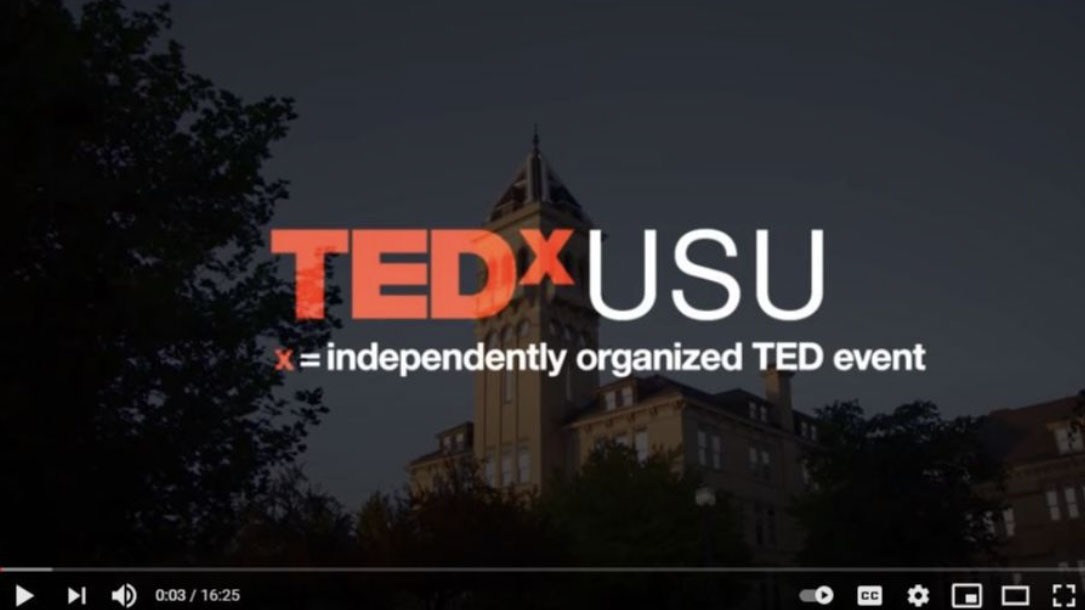
TED Talk: Redefining climate change denial
By recognizing the passive forms of climate change denial in our everyday lives, we enable ourselves to move past them and begin working towards climate solutions each day. Patrick Belmont has some very interesting observations about different kinds of deniers.
Belmont is a dad and river scientist with a rapidly shrinking carbon footprint. He talks about climate change in real terms, and real impacts, including ecosystems, national security, and human suffering. When you listen, you will hear about equity, planting trees, and the urgency of time, and what we can do about it.

Agrivoltaics works better with leafy greens, root crops
[Solar] projects linked to agriculture have thus far shown the highest potential when combined with leafy greens such as lettuce and spinach, as well as with root crops such as potatoes, radishes, beets, and carrots. This is one of the conclusions of recent research developed on agrivoltaics by U.S. scientist Chad Higgins from the Department of Biological and Ecological Engineering at Oregon State University…
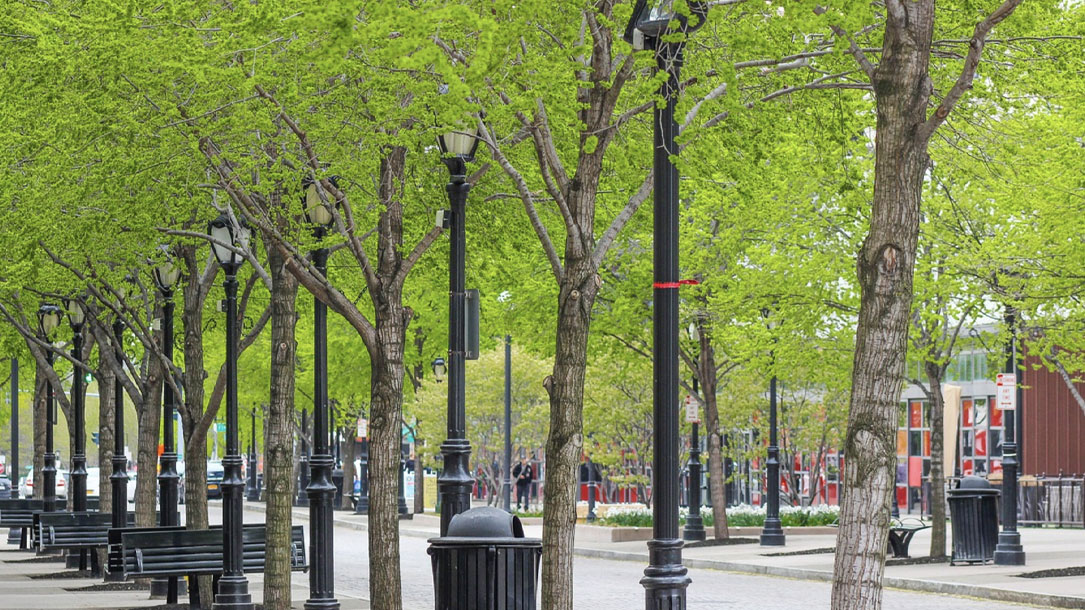
Study: Review of the Available Literature and Data on the Runoff and Pollutant Removal Capabilities of Urban Trees
This is a dense, but potentially useful scientific article on the runoff and pollutant removal capabilities of urban trees.

Air quality effects of urban trees and parks
Trees—and urban trees in particular—provide enormous benefits. For starters, they’re responsible for producing oxygen and removing CO2 and other pollutants from the air. Urban forests in the U.S. remove an estimated 75,000 tons of air pollution per year. They reduce the impact of falling rain and encourage that water to soak into the ground, reducing flooding and erosion as well as preventing pollution from entering waterways…
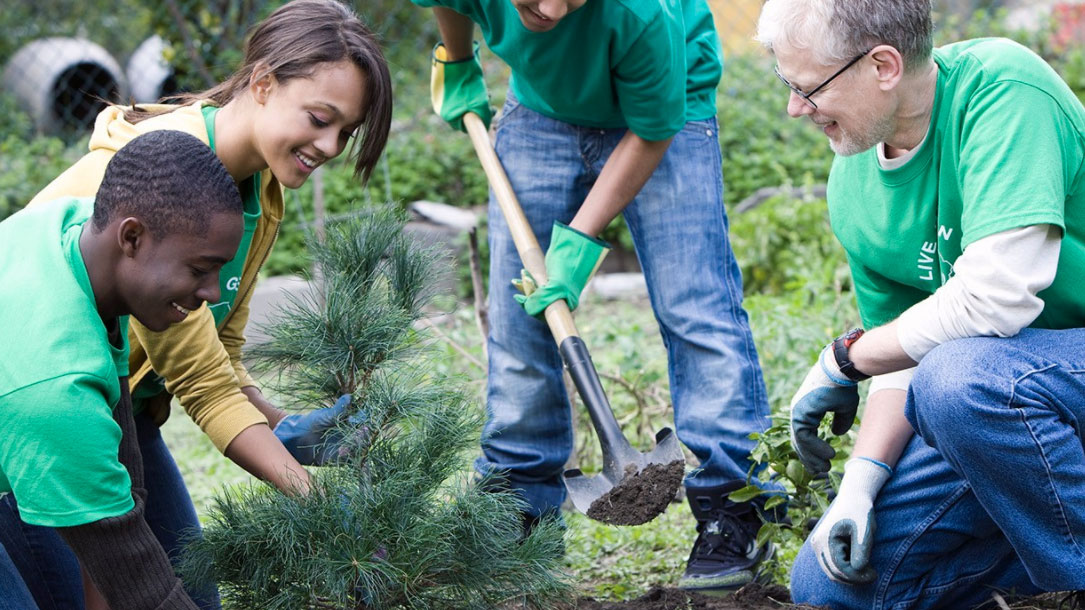
Using urban forestry to fight for environmental justice
Trees—and urban trees in particular—provide enormous benefits. For starters, they’re responsible for producing oxygen and removing CO2 and other pollutants from the air. Urban forests in the U.S. remove an estimated 75,000 tons of air pollution per year. They reduce the impact of falling rain and encourage that water to soak into the ground, reducing flooding and erosion as well as preventing pollution from entering waterways…
The U.S. Forest Service estimates that trees reduce the energy consumption needed to cool homes in the U.S. by more than seven percent…












